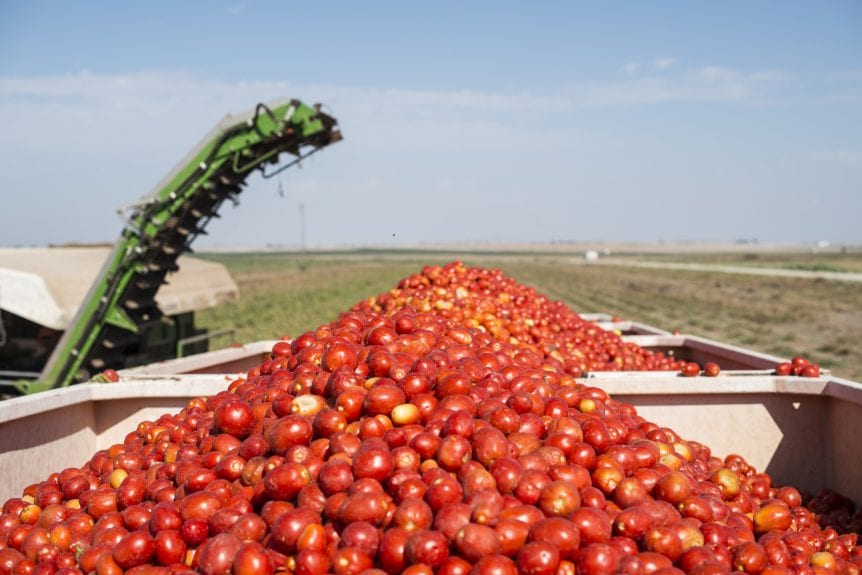Researchers are actively working to develop best management practices for harvester sanitation approaches. Extension Specialist at UC Davis, Dr. Cassandra Swett said they have been working in processing tomatoes and found that harvesters present the biggest risk for spreading pests and disease. Motivated by the threat that branched broomrape presents to the industry, Swett noted that they have been working closely with the California Tomato Research Institute (CTRI) in the development of informational resources for industry members.
“This is version one – draft version – because this is being developed as we are presenting it. Broomrape is such an imminent problem and we really, in a perfect world, would have had this all figured out, but we don’t. So, we’re trying to give people real-time information,” Swett noted. “We’re working with CTRI to put out this information as widely as possible. We’re also distributing it directly to the seed companies and distributors, many of the PCA groups, and so on.”
One of the challenges that will need to be overcome to achieve effective harvester sanitation throughout the industry is timing. Swett explained that a practical timeframe for cleaning equipment is a central issue they are evaluating. “Right now, it’s sort of a list of visual, optimal situations and what we’re trying to do is provide a time component since time is the critical element of harvester sanitation. Having enough time to do what needs to be done to minimize your risk,” Swett noted.
Feedback from the industry has already been positive based on the work that has been presented and the information exhibited during field days. Swett said that some operations are working to adjust timelines to better accommodate harvester sanitation practices and incorporate them into their harvesting schedules. A critical component of the work has been communication between industry members and researchers.
“There have been many proactive groups that are working on that, and they really are role models,” said Swett. “So, we are doing a lot of one-on-one meetings with people to learn what different groups are doing and what is feasible.”











